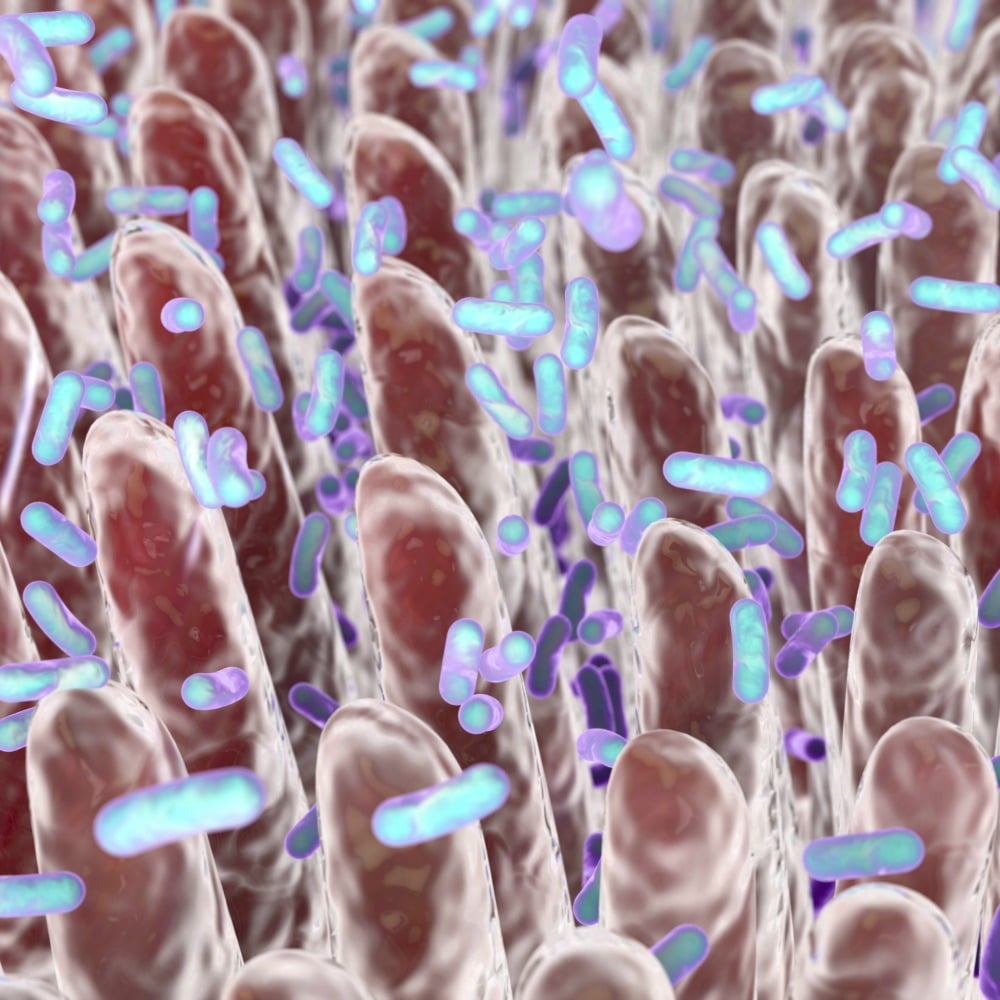Within a day of being relocated microbial gut flora can overgrow and kill the host human cells in culture dishes, despite that they are capable of being good guests and displaying ordinary host microbiome behavior if they have been properly accommodated.
Harvard Wyss Institute research has developed a microfluidic Intestine Chip culture technology to help study human gut flora which harbors microbes that break down nutrients and releases molecules key to survival that are important to development of diseases, infections, IBS, cancer, and inflammation as well as metabolic, autoimmune, and neuropsychiatric disorders . The intestine on a chip can culture a stable complex human microbiome in direct contact with a vascularized human intestinal epithelium for up to five days.
Key to success is said to be the maintenance of low oxygen conditions. Many commensal gut microbes are anaerobic requiring low oxygen levels to grow, however these conditions can injure human cells. This chip allows for accomodation of anaerobic and aerobic gut microbes as well as human cells.
“We used a microfluidic intestine-on-a-chip that permits the control and real-time assessment of physiologically relevant oxygen gradients. When compared to aerobic co-culture conditions, the establishment of a transluminal hypoxia gradient in the chip increased intestinal barrier function and sustained a physiologically relevant level of microbial diversity, consisting of over 200 unique operational taxonomic units from 11 different genera and an abundance of obligate anaerobic bacteria, with ratios of Firmicutes and Bacteroidetes similar to those observed in human feces.”
Most understandings about human microbiome interaction is based on correlational studies between disease state and bacterial DNA contained in stool samples using either genomic or metagenomic analysis, because studying direct interactions outside the body represents a significant challenge. The new chip provides a way to study human host microbiome interaction at both molecular and cellular levels under controlled conditions in vitro.
“By providing direct access to the microbiome and differentiated intestinal tissue, this method can be used to discover specific microbes or their metabolites that cause disease or that might help prevent these conditions, and because we use cells isolated from patients, this approach could be used for personalized medicine as well.”
“Earlier tissue culture systems could not grow human microbiome and intestinal epithelial cells in direct contact to one another, and they did not mimic the gut’s low oxygen concentrations crucial for the survival of anaerobic bacteria. Further complicating things: traveling along the small intestine toward the colon, oxygen levels continuously fall, which also changes the local microbiome composition.”
The Wyss team leveraged its Intestine Chip containing 2 parallel microchannels separated by a porous membrane for the anaerobic Instenstin Chip. Human intestinal epithelial cells were grown on top of the membrane in the upper channel and vascular endothelial cells from intestinal microvessels were grown on the opposite side of the membrane in the lower channel; intestinal cells used to line these chips were from cell lines or human ileum biopsies expanded through an intermediate organoid step which formed spherical intestinal tissue structures that were broken into fragments before being cultured in the chip.
For the complete microbiome the Intestine Chips were placed into a custom engineered anaerobic chamber which allowed for lower oxygen concentrations in the upper epithelial chamber while maintaining lower endothelial channels at normal oxygen concentrations.
“We generated an oxygen gradient across the two channels that still allows the intestinal epithelium to be supported with oxygen diffusing through the porous membrane.”
Gut microbiome samples were obtained from healthy human stool and stably cultured in gnotobiotic mice or freshly isolated from infant stool which were then injected into the upper epithelial channel where them came into contact with the mucus layer secreted by the underlying intestinal epithelium. Diversity of commensal bacterial populations when grown under these conditions maintained richness observed in human intestines.
This provides opportunity to be able to look at composition and changes of complete human microbiomes in direct contact with human intestinal tissue in vitro over days for personalized medicine and drug testing.
“We can culture region-specific intestinal tissue and microbiomes from the same individual to find associations that cause sensitivity or tolerance to specific pathogenic, inflammatory, and systemic diseases. With the anaerobic Intestine Chip, we can also test the direct effects of drugs on the human microbiome before giving them to people.”




